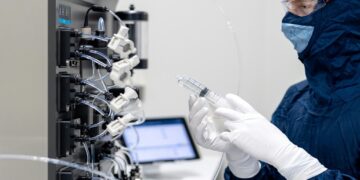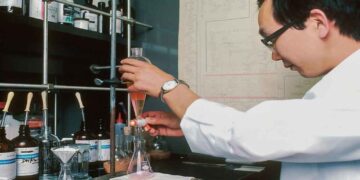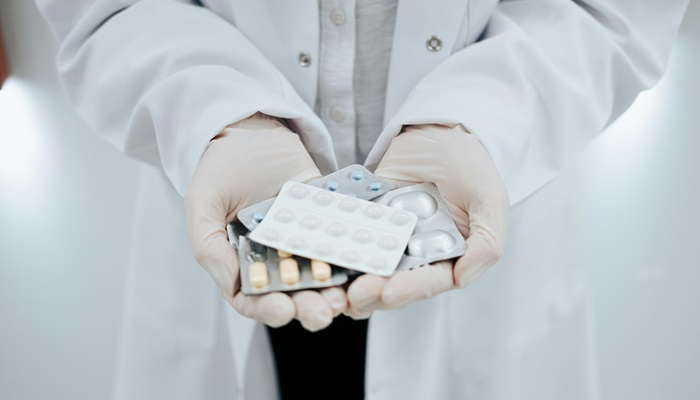If your facility handles pharmaceuticals, you are likely to produce pharmaceutical waste. Proper disposal is essential to prevent environmental harm and protect human health. By understanding the types of pharmaceutical waste and adhering to regulatory standards, you can ensure safe and compliant disposal.
This guide by TriHaz Solutions explores the classifications of pharmaceutical waste, examples of waste types, and effective disposal methods tailored to your facility’s needs.
Who Produces Pharmaceutical Waste?
Pharmaceutical waste is generated by a variety of sources, including:
1. Pharmaceutical Manufacturing Plants
Plants produce waste, such as unused products, chemical residues, and contaminated cleaning materials. To avoid water and soil contamination, disposal must follow strict protocols.
2. Healthcare and Extended Care Facilities
These facilities generate waste from expired drugs, syringes, and medical packaging. Proper disposal prevents environmental harm and protects communities from exposure to controlled substances.
3. Personal Care Product Manufacturers
These manufacturers handle chemical residues, spent containers, and wastewater from equipment cleaning like pharmaceutical plants.
4. Veterinary Clinics
Veterinary offices produce a wide range of pharmaceutical waste, including unused medications, syringes, and waste from various medical procedures.
Who Regulates Pharmaceutical Waste Disposal?
In the U.S., pharmaceutical waste disposal is governed by:
- Environmental Protection Agency (EPA): Responsible for hazardous waste under the Resource Conservation and Recovery Act (RCRA).
- Drug Enforcement Agency (DEA): Regulates controlled substances.
- Other Agencies: DOT, OSHA, FWS, and state-level authorities.
Failure to comply with these regulations can lead to significant fines and environmental damage.
Types of Pharmaceutical Waste
Hazardous Waste
The RCRA categorizes hazardous pharmaceutical waste as:
1. Listed Waste:
Examples: Xylene, acetone, mercury, chemotherapy drugs.
Often includes solvents and manufacturing byproducts.
2. Characteristic Waste:
Ignitability, corrosivity, reactivity, and toxicity define this waste.
3. Acute Hazardous Waste:
Includes highly toxic substances like arsenic trioxide, epinephrine, and warfarin.
Non-Hazardous Waste
While not regulated as hazardous, non-hazardous waste still requires careful handling to prevent harm. Examples include:
- Over-the-counter medications.
- Nicotine replacement therapies (in some states).
- Antibiotics, hormones, and contraceptives.
Proper Disposal of Pharmaceutical Waste
1. Prescription Drug Waste
Never throw medications in the trash or flush them down the drain. Partner with a licensed waste management company for safe disposal.
2. Pharmaceutical Wastewater
Generated during the cleaning of manufacturing equipment, wastewater must be treated by a professional facility to prevent contamination.
3. Contaminated Materials
Items like gloves, masks, and syringes should be collected and disposed of by specialized waste management services.
How TriHaz Solutions Can Help
At TriHaz Solutions, we offer comprehensive pharmaceutical waste management services to ensure safety, compliance, and environmental protection:
1. Containerized Waste Disposal:
Safe handling and disposal of waste stored in drums or totes.
2. Waste-to-Energy Services:
Convert waste into usable energy through incineration.
3. Tank Cleaning Services:
Properly clean tanks and dispose of pharmaceutical wastewater to meet regulatory standards.
4. Secure Destruction:
Safeguard proprietary information with confidential destruction services for materials and chemicals.



















